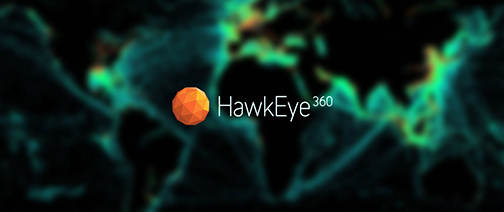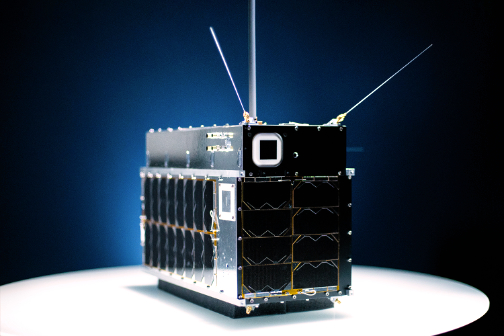
HawkEye 360 Inc. has revealed that a model of their Pathfinder satellite has been transferred to the Smithsonian's permanent collection and will be displayed in a future gallery at the National Air and Space Museum — this comes one year after HawkEye 360's Pathfinder satellites were formally commissioned into service to geolocate RF signals.

HawkEye 360's three satellite cluster has successfully geolocated more than 11 million RF signals in the past year. This data enables a safer world by supporting many applications, such as finding dark ships that may be engaged in smuggling or illegal fishing.

Photo of a model of HawkEye 360's Pathfinder smallsat.
The Pathfinder satellite is scheduled to go on display when the National Air and Space Museum's renovation is completed, slated for 2025. The Smithsonian is the world's largest museum, education and research complex. The National Air and Space Museum is one of 19 museums that make up the Smithsonian.
HawkEye 360 is fully funded to deploy an additional five clusters, to reach a total of 18 satellites in orbit by the end of 2021. HawkEye 360 is currently building a second cluster of satellites, set for launch in fall 2020.
John Serafini, CEO, HawkEye 360, stated that this is an incredible honor for the Smithsonian to select the company's Pathfinder satellites for its collection. Small satellites are changing what we can achieve in space and HawkEye 360 is excited to be on the cutting edge of that revolution and that these smallsats will inspire the next generation of talented minds.
James David, curator in the Space History Division at the National Air and Space Museum, added that the Pathfinder is an excellent representation of how small satellites are transforming the space industry. The National Air and Space Museum looks forward to displaying this commercial RF signals satellite, a first-of-its-kind, to help tell the story of the space age.

